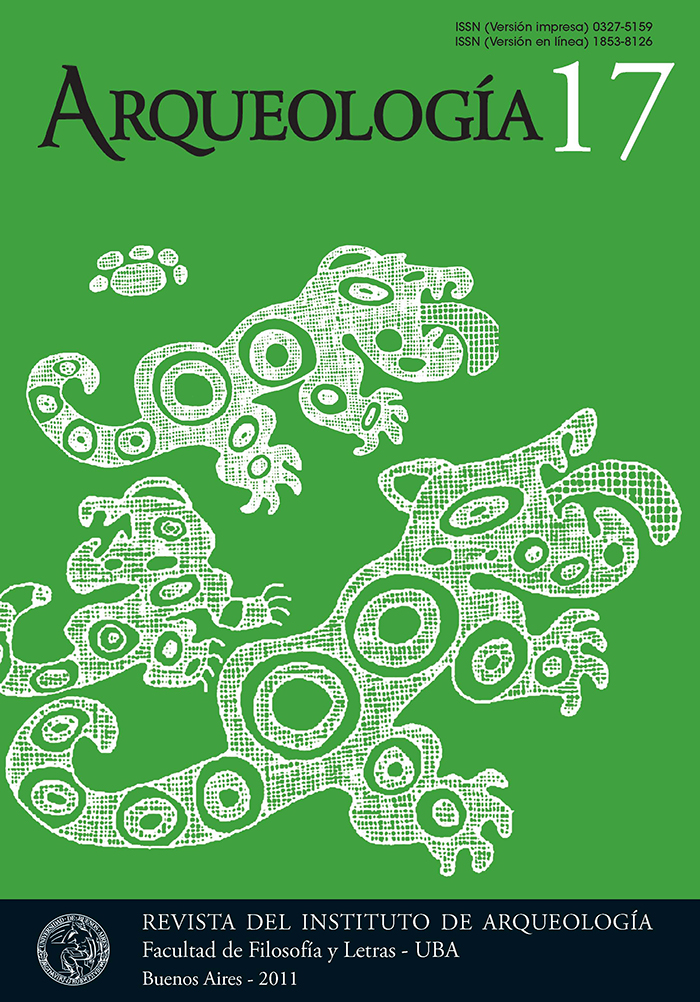The micro in the macro: Microscopic treatment of macrobotanical remains for the identification of practices and ways of relating to the vegetal surrounding in the archaeological study of vegetal domestication
Keywords:
Domestication, Plant Macroremains, Argentinean Northwest, Palaeoethnobotany
Abstract
In order to achieve an in depth understanding of the plant domestication process, dichotomies such as wild-domesticated or gatherer- farmer, which are rooted in its study must be broken off. In this paper is considered that such a rupture should be made first in the conceptual area to establish an appropriated research methodology thereafter. The conceptual breakdown is achieved when human management practices related to plants are considered, which usually are combined in different ways along time. Its recognition in the archaeological record should be made applying different analytical pathways, not only when studying the archaeological context, but also when archaeobotanical remains are being analysed. In the latter, macroscopical analysis used in Argentinean Northwest archaeology have mainly reinforced the dichotomies previously named. The addition of microscopical analysis allows a taxonomical reclassification of macroremains, the achievement of a better resolution in the identification of intermediate or transitional forms and the analysis of characters which are being modified in order to reconstruct in a more precisely way the modalities of relationship between human populations and their plant environment. After analysing archaeobotanical assemblages of C. maxima recovered in two formative sites from Salta province, the presence of ancient wild-weedy-crop complexes derived from management practices which enhanced diversity is stated for the former developments at this region.Downloads
Download data is not yet available.
How to Cite
Lema, V. S. (1). The micro in the macro: Microscopic treatment of macrobotanical remains for the identification of practices and ways of relating to the vegetal surrounding in the archaeological study of vegetal domestication. Arqueología, 17, 57-79. https://doi.org/10.34096/arqueologia.t17.n0.1837
Issue
Section
Articles
Authors who publish in this journal agree to the following conditions:
- Authors retain copyright and yield to the journal right of first publication with the work registered with attribution license Creative Commons, which allows third parties to use the published always mentioning the authorship of the work and first publication in this magazine.
- Authors can make other independent and additional contractual arrangements for the non-exclusive distribution of the version of the article published in this issue (p. Eg., Inclusion in an institutional repository or publish it in a book), provided that clearly indicate that the work was published for the first time in this magazine.
- It allows and encourages the author / s to publish their work online (eg institutional or personal pages) before and during the process of revision and publication, as it can lead to productive exchanges and greater and more rapid dissemination of work published (See The Effect of Open Access).





(1)13.png)






1.jpg)
1.jpg)


13.png)
1.png)


(1)1.png)









